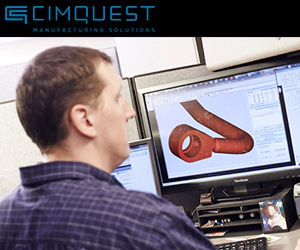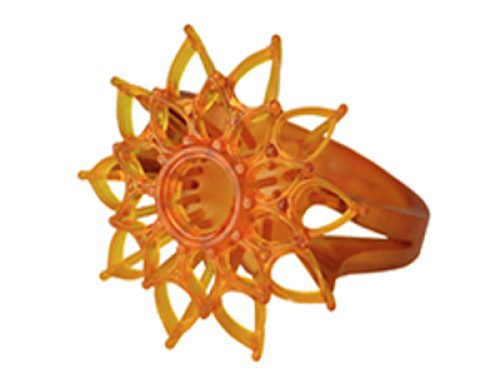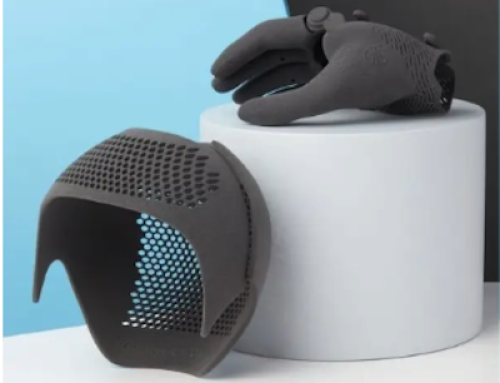We often receive questions regarding 3D printing. Most often people want to know what determines the price of 3D printing services? Part size and geometry understandably affect price, but there are other details that can alter the price of your parts. The following factors will impact the price of printing your 3D part.
Material
We charge based on the amount of material that’s needed to build your part and what material you choose. Material cost is associated with the mechanical properties as well as ease and speed of manufacturing. If you’re looking for the most cost effective material, a simple prototyping photopolymer would probably be the best option; if you have more functional requirements, you may need a higher strength material which could be more expensive. The amount of support material on your design can also affect the price. Optimizing your design with self-supporting angles (usually around 45 degrees or more) uses less support material and can help reduce material expenses.
Layer Height
Layer height is the measure of each layer of a 3D printed part. Depending on the technology, a thinner layer height can reduce visible “stair-stepping” or the inherent ridges on the surface of 3D printed parts and improve the surface quality and definition of the part, but can create a higher price because of the increased overall build time as a result of either the print head moving back and forth more times or having to deposit more layers of powder. You have the option of choosing the best layer height for your application within our quoting system.
Wall Thickness
Wall thickness affects the minimum layer height for your part which, as mentioned above, affects quote price. Various materials have unique minimum wall thickness requirements based on the 3D printing process and mechanical properties. Thinner walls can lower the build time therefore lower costs, but too thin could mean flimsy features, holes, gaps, and missing pieces. Your main considerations should be geometry and part application when choosing wall thickness.
Sparse- or Solid-Fill
If you have an enclosed part, like a cube for example, it can be filled solid or Stereolithography and Fused Deposition Modeling allow you to build with a custom interior density using air gaps between the exterior walls. This build technique, called ID-Light, uses less material and is faster, resulting in a lower price compared to a solid-fill, however it can slightly affect overall part strength. We recommend working with a project engineer on these applications.
Labor
Labor costs depend on your part requirements, the 3D printing process, and the material you order. Metal parts built with DMLS, for instance, must be machined off of the platform, adding more hands-on labor time into the process. If your part requires a smooth surface or coatings, the price will likely be higher than a raw part only requiring support removal.
Lead Time
Time can play a big role in the cost of a part. If you need a part right away, we have to make space for it on a machine and in the queue of projects, pushing others down the list. If you have a longer lead time and don’t need it immediately, we can fit the build in whenever there is open space, giving us the time to distribute parts more efficiently across machines which can lower your price.
We want to be transparent about pricing so that you can get the most from our services. There are many ways you can adjust your CAD design file and settings to reduce the price while maintaining mechanical properties and aesthetics. Please click the button below to learn more about navigating our quoting options and finding the best process and material for your application.









Leave A Comment